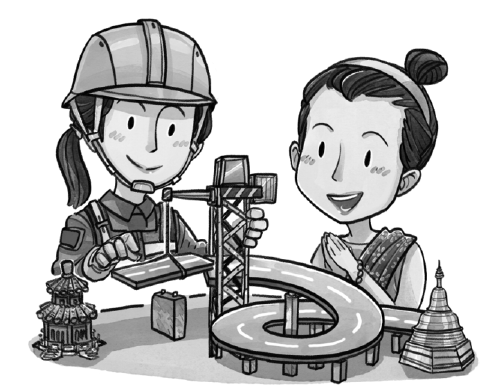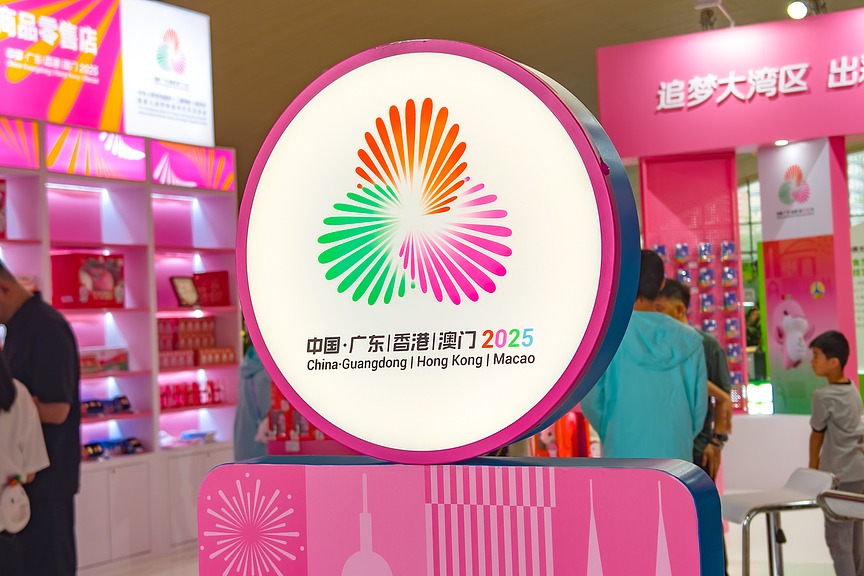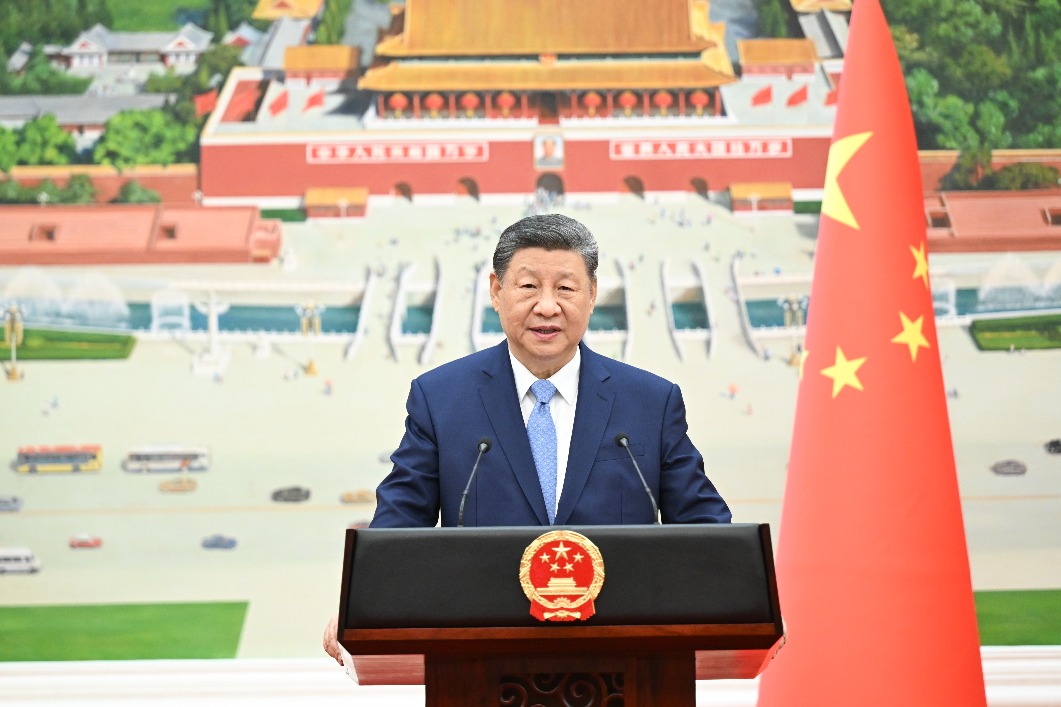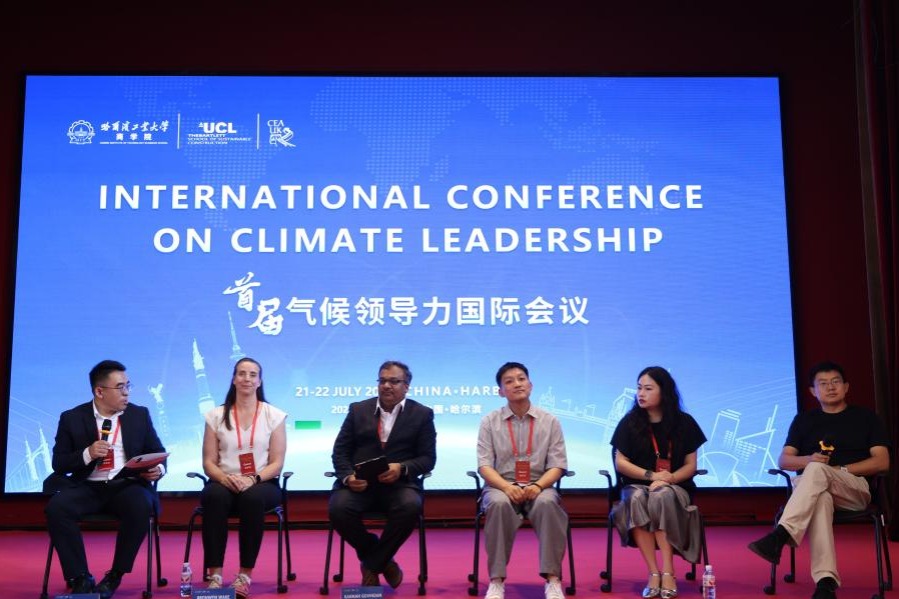Building a corridor of mutual benefit

With President Xi Jinping paying a two-day visit to Myanmar, which concluded on Saturday, the focus of China-Myanmar cooperation is on jointly building the China-Myanmar Economic Corridor under the Belt and Road framework.
As a relatively less developed country with per capita GDP of less than $1,500, Myanmar's current priority is to find ways to boost its economy. Yet given the lack of proper stimulus, it is not an easy task for countries such as Myanmar to accelerate economic growth.
However, Myanmar can get the needed stimulus, as well as create the strategic opportunities to expedite its economic growth by jointly building the CMEC with China. In fact, Myanmar's economy can register leapfrog growth if it can successfully co-build the CMEC.
Better infrastructure for faster growth
First, to accelerate economic growth, Myanmar has to build more power plants and improve its transportation infrastructure. Especially, the shortage of electricity in Myanmar is seriously hindering its industrial development. I once traveled by bus from Mandalay to Muse in Myanmar, and it took me about two days to cover the mountainous stretch of about 400 kilometers, as roads were in very poor condition.
The first step toward building the CMEC is to build the China-Myanmar expressway and railway-a railway that extends from Kunming to Ruili in Yunnan province, across the border to Mandalay, and then west to Kyaukpyu in Rakhine state and southeast to Yangon. This will establish Myanmar's fundamental railway structure, which can later be extended to cover the entire country.
The China-Myanmar oil and gas pipeline project connecting western Myanmar and Yunnan, which was built by China between 2013 and 2017, has not only become a source of new income and employment for Myanmar people, but also eased the demand for energy along the route. As such, the two countries are likely to deepen cooperation on energy under the CMEC framework, especially to strengthen Myanmar's power generation sector.
Need to improve transport facilities
Second, the CMEC will promote Myanmar's trade. Myanmar's export to neighboring countries has been restricted due to poor transportation facilities. Which means the country needs to urgently improve its transport infrastructure in order to reduce transportation costs and increase the export of products such as rice and fruits to China.
Third, the CMEC will help propel the development of Myanmar's industry including the manufacturing sector, especially in the Mandalay Industrial Zone, New Yangon City, and the Kyaukpyu Special Economic Zone.
And fourth, the improvement of transport infrastructure and building of more power plants will help Myanmar tap its full tourism potential, which could play an increasingly important role in facilitating Myanmar's economic takeoff.
More important, as the CMEC is likely to attract more foreign capital, it will inject added vitality into Myanmar's economy.
CMEC will also benefit China
China, too, will benefit from the CMEC-in particular, the economic corridor will ensure energy security by opening a new energy transportation channel; and help establish a new pattern of further opening up the Chinese economy in the new era, by facilitating the economic integration of China, Southeast Asia and South Asia.
Thankfully, a top-level design for the CMEC's construction is already in place. President Xi and Myanmar State Counselor Aung San Suu Kyi reached a consensus on building the CMEC under the Belt and Road framework at the end of 2017. And in September 2018, the two sides signed the memorandum of understanding on building the CMEC and established the CMEC joint committee, which held its first meeting in the same year and the second in 2019, indicating that a working mechanism for the CMEC, too, has been established.
Also, a number of institutional arrangements have been made. For example, the arrangements for the China-Myanmar Border Economic Cooperation Zone are basically in place, with the central bank of Myanmar approving the yuan as the official settlement currency. Which will facilitate investment in CMEC projects.
Work on cross-border railway progressing well
Besides, a number of major projects are progressing smoothly. Among them, the upgrading of the domestic section of the China-Myanmar Railway-from Kunming to Dali-has been completed, and the new section from Dali to Ruili is under construction. On the other side of the border, work on the Muse-to-Mandalay section is on in full swing, the first construction phase of the Kyaukpyu Deep Sea Port has begun, and the New Yangon City project is progressing well.
In addition, the energy pipeline and substation expansion projects in Yangon have been completed, industrial links strengthened, and cross-border trade has gained momentum. And there is enough reason to believe that on the conclusion of what appears to be a fruitful visit of President Xi to Myanmar, the construction of the CMEC will gather added pace.
Yet three CMEC development issues require special attention. To begin with, the two sides need to reach a deeper and wider consensus on actively propelling the CMEC's development.
Need to clear doubts of Myanmar people
I once organized a meeting in Mandalay with key members of the Myanmar Chamber of Commerce and found that they were generally ambivalent about certain issues.
For example, they wished to attract more Chinese investment but were worried that the Chinese investors might grab a larger share of their market. To address their concern, the two countries should welcome investment from each other and take measures to strengthen their partnership with the goal of realizing mutual benefit and win-win results.
Also, related projects have to be expeditiously implemented so they yield early gains. The CMEC is a huge project with a long development cycle requiring huge investments. Therefore, both sides need to take steps to support long-term projects, so as to promote sustainable development.
Furthermore, there is a need to build cooperation in third-party markets.
The United States and countries in Europe (especially the United Kingdom) and Asia, such as Japan, the Republic of Korea, India and a number of ASEAN member states have been investing in Myanmar, building the foundation for third-party market cooperation. China and Myanmar should actively invite such countries to join the CMEC development platform, help build the corridor and reap mutual benefits through fair cooperation.































